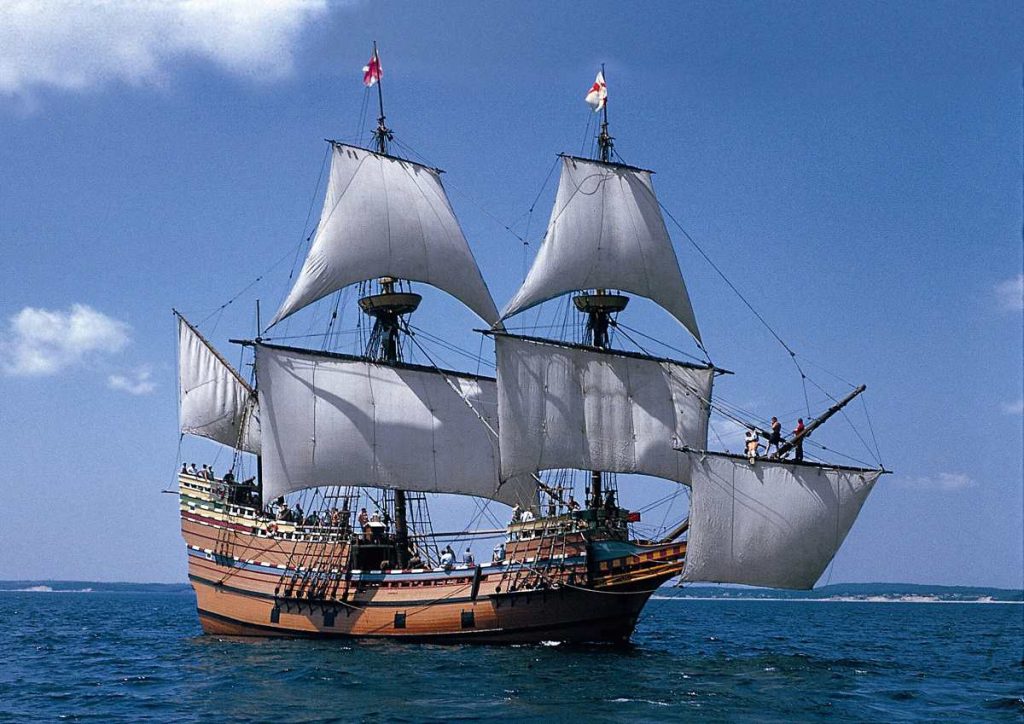A cog ship refers to one of those ships that were invented in the middle ages. Developed by the ship builders of Northern Europe, cogs were extensively used in the Baltic Sea region.
Cogs are spacious ships with only one large mast that holds a single square sail. In the ancient time, cog ships were used for both carrying cargo and for war purposes.
Construction
Cogs were large sailing ships with their bows and sterns built at a higher level than the rest of the ship in order to form a castle like structure which was used to defend the ship from enemies using archers. Cog was the first type of boat that used the new idea of a rudder mounted on the stern for steering purpose. However, the earliest cogs didn’t use the stern rudders but has steering oars which were also known as side rudders. Moreover, the early cogs were not large and had open hulls with very less continuous sailing capability.
Later, as cogs were used for sailing through the rough waters of North Atlantic, their hull were made from clinker construction, which used to provide them with added strength and robustness. Also as cogs were made to carry huge amount of cargo they featured a very large hull.
Cogs are ships with flat bottom, which had a ridge or keel that runs along the bottom of the ship. On both the sides of the keel there is lapstrake planking, firmly fixed by iron nails. The stern and stern posts are both straight in shape and are attached to the keel plate by means of hooks. The plank of the keel is thicker than the lapstrake planking at the sides. Moreover, the stern mounted central rudder is an integral part of the cog construction. It was this construction of cogs that made them more stable than any other ship type even in the rough seas. Also, the clinker construction added to the overall strength of the ship, making in more durable.
Generally built from oak wood, cogs had only a single long mast which carried a massive square sail. The size of this sail was dependent on the size of the hull. This means that as the size of cog hull became bigger the size of sails also increased. However, the only drawback of this construction was that it prevented sailing directly into the wind. But this facilitated the yacht to be handled by a small crew, reducing the overall operational cost.




Comments are closed